For many aspiring golfers, whether they’re amateurs or pros, the U.S. Open is the ultimate ambition. So long as you have a qualifying handicap of 0.4 or better, you can enter a local qualifying tournament. In 2025, the USGA received more than 10,000 entries for only the fourth time in its history.
Between April 16 and May 19, 110 courses across the U.S., Mexico, and Canada hosted one-day, 18-hole qualifiers, from which only a handful of players moved on to final qualifying tournaments. Of the more than 750 golfers who reached final qualifying, only 56 played their way into the 125th U.S. Open at Oakmont Country Club.
Qualifying for the most prestigious American golf championship is a pipe dream for most of us, but if you’ve ever wondered if you really have the game for it, we’ve taken a closer look at 10 public-accessible courses that hosted local qualifiers this year and the qualifying scores that were posted at each.
Pinehurst Resort (No. 6)—Pinehurst, N.C.
Playing more than 7,000 yards from the championship tees, this Tom Fazio design is distinctive in the Pinehurst area for its significantly undulating fairways. That terrain limits the need for copious bunkers—there are only 57 on the course—and with greens averaging almost 7,000 square feet in area, the course demands aggressive lines on approach shots and rewards big hitters who take Tiger-type lines off the tee. When the course hosted its 2025 local U.S. Open qualifier, only five players out of 84 punched their ticket to the final qualifying stage. The winner shot 6-under-par, with 4-under being the cutoff.

Crumpin-Fox Club—Bernardston, Mass.
Stretching just beyond 7,000 yards from the black tees, the Roger Rulewich-designed course at Crumpin-Fox in northwestern Massachusetts routinely ranks among the best public golf facilities in the state. It’s also a notoriously difficult stretch of 18 holes that puts equally high premiums on accuracy and quality ball striking. Here, playing corridors meander through heavily wooded areas, and accuracy is tested even more by several elevated tee boxes. A course rating of 75.1 and a slope rating of 147 (from the Black tees) tells the story, which is why the final qualifying spot, contested via a two-man playoff, was earned with a score of level par (the top qualifier shot 3-under).
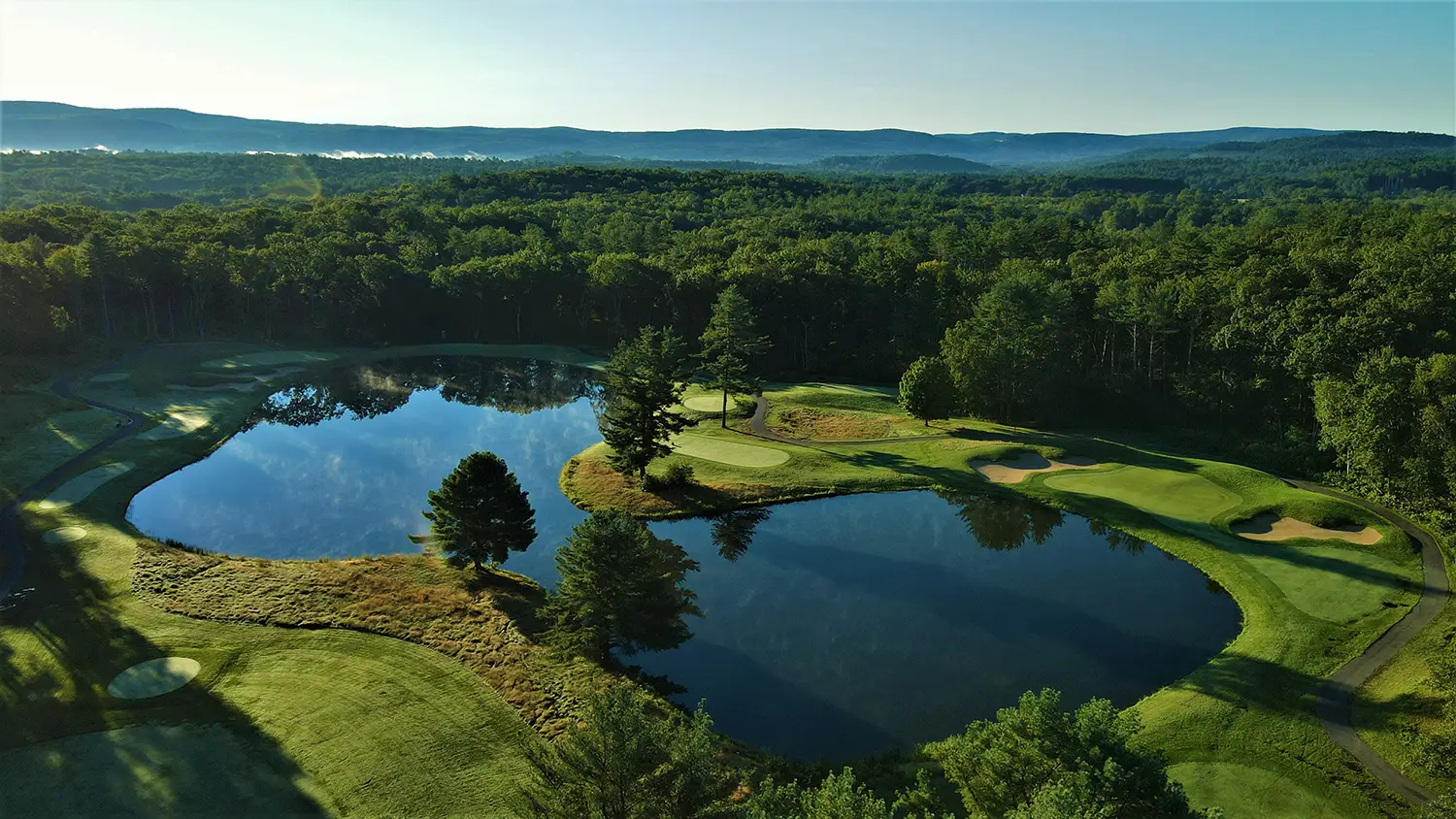
The Ritz-Carlton Golf Club—Orlando, Fla.
Routed in between and around pines, palmettos, and oaks, this Greg Norman-designed course, circa 2003, will be familiar to those who watch the PNC Championship every December. In part for its routing around ponds and wetlands (not to mention being a Certified Audubon Cooperative Sanctuary), the course features wide fairways and generous landing areas. While strategically placed hazards require players to think, the course’s subtly contoured greens also allow them to attack most hole locations. As a result, the five players who qualified here went low. The medalist of the event shot 8-under, and a trio of players who finished 4-under-par were forced to duke it out for the remaining spot.
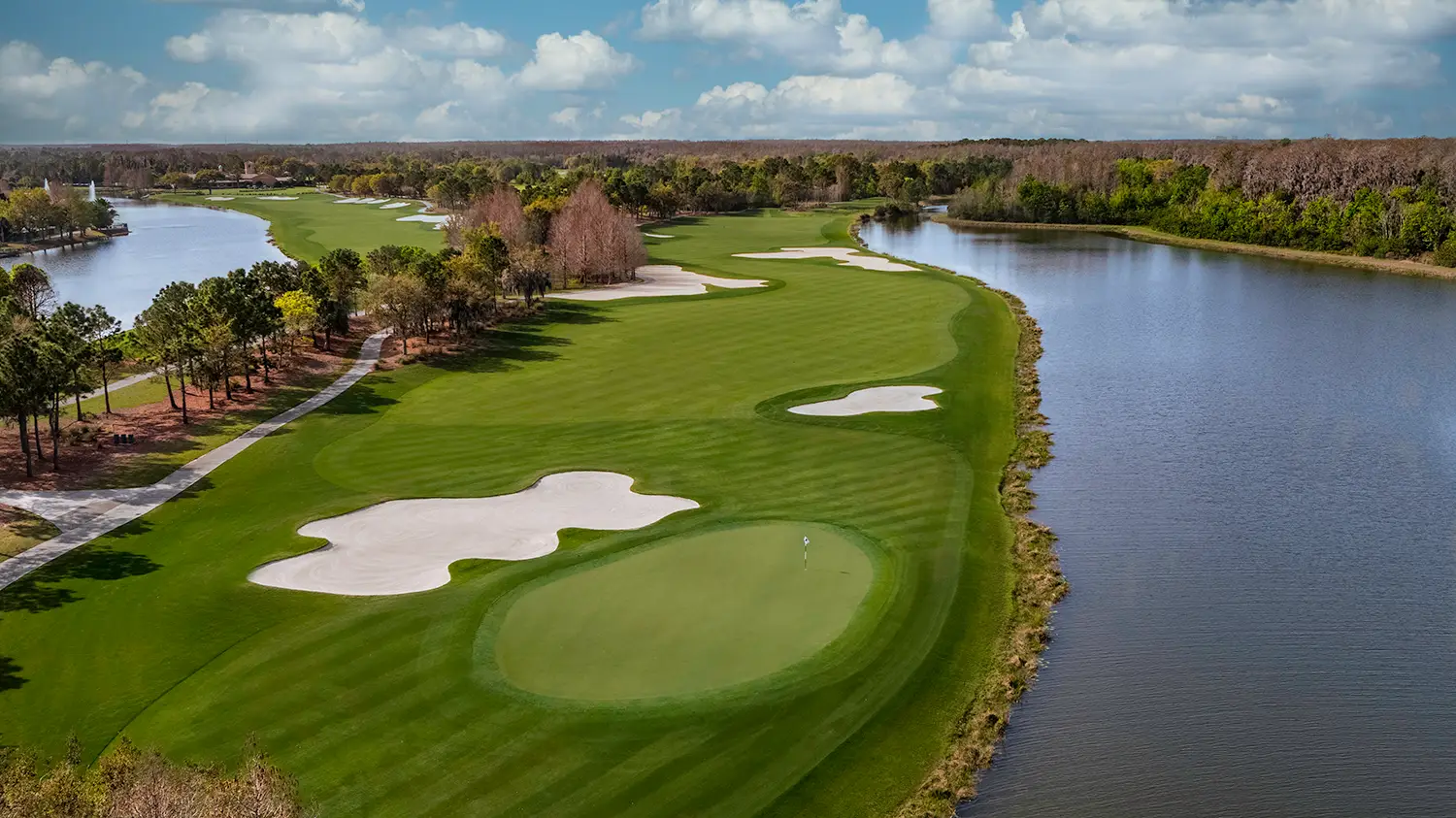
Full Cry at Keswick Hall—Keswick, Va.
Much like their personalities, Arnold Palmer and Pete Dye had drastically different styles when it came to course design. If you’ve ever wondered what they might have produced had they worked together, the Full Cry course at Keswick Hall provides the answer. Although not a collaboration, the 7,134 yards of this par-72 championship course were first designed by Palmer back in 1992, then renovated by Dye two decades later. Taking a minimalist approach, Dye created green complexes with openings in front for players to utilize the ground game, if they so choose, and he introduced tee shots that present multiple options for strategy. Small bunkers set on the perimeters of the holes, however, penalize golfers who stray too far off line. Getting through local qualifying here not only required golfers to shoot under par but also break 70. Seven players who posted red numbers didn’t make the cut, as only scores of 68 and 69 qualified.

Forest Creek Golf Club—Round Rock, Texas
Over the years, this Richard Phelps creation has earned accolades as one of the best public courses in central Texas. Renovated in 2018, almost 30 years after it first opened for play, the course trundles gently over hillsides, while its namesake water feature comes into play on 11 holes. Although the fairways are sometimes narrow across these 7,100 yards, aggressive plays to cut the corner on dogleg holes can lead to great birdie chances. As proof, six players qualified here, shooting at least 5-under to do so (the medalist carded a 7-under 65). The final two spots were filled via a four-way playoff.

Three Ridges Golf Course—Knoxville, Tenn.
A five-man playoff for the final two qualifying spots at this municipal layout designed by Thomas Clark meant that one would-be qualifier missed out from even being named as an alternate. That’s how tight the competition here was. Scores of 4-under secured the top two spots, while the remaining five players to break 70 all had to duke it out in a sudden death playoff. Set near the Great Smoky Mountains, the course relies on elevation changes and 63 bunkers to defend against low scores.
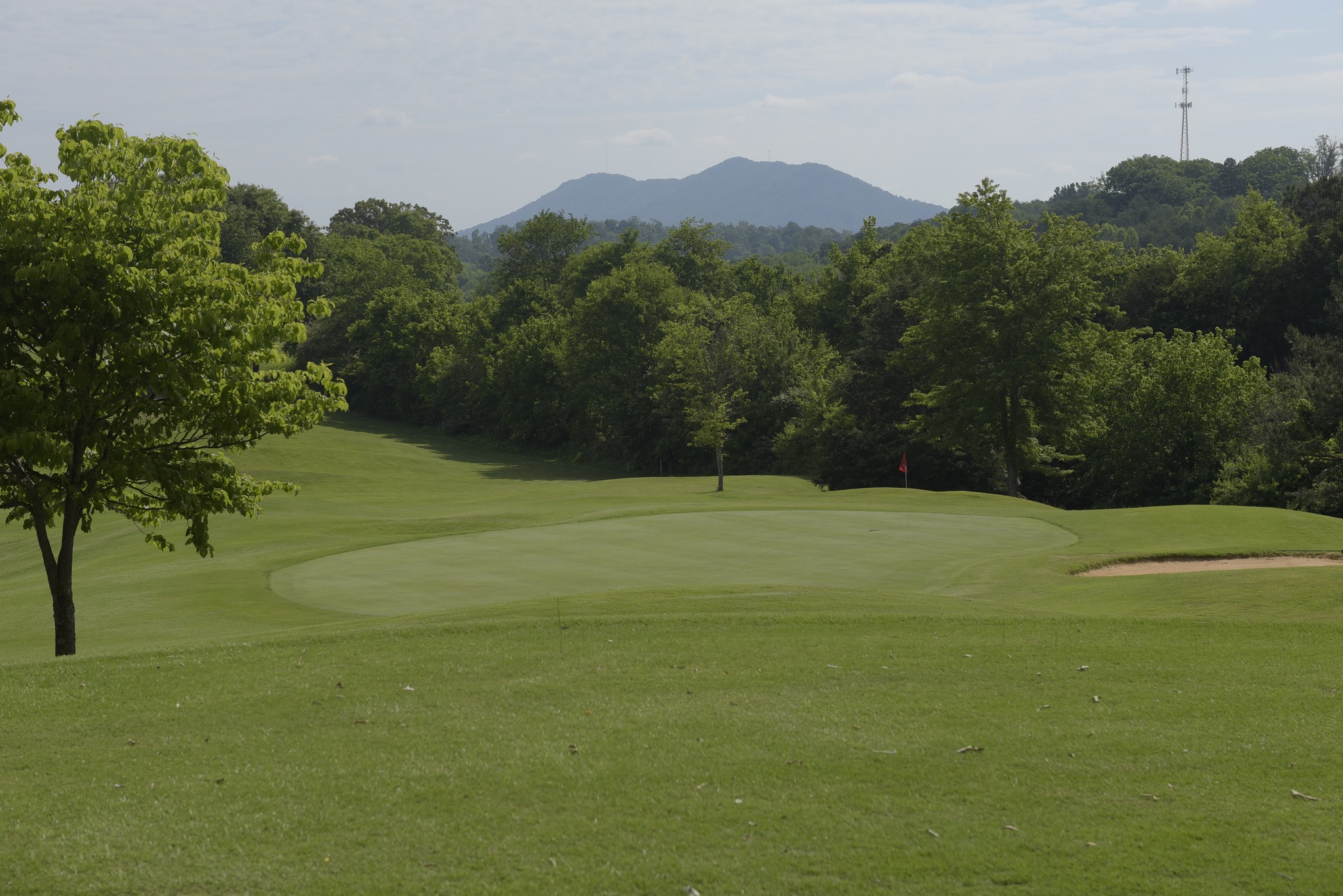
Stonewall Orchard Golf Club—Grayslake, Ill.
Although relatively flat and stretching less than 7,200 yards from the tips, this championship golf course still boasts a slope rating of 150. The reason? The Arthur Hills design (the architect’s first course in Illinois) is laden with forced carries to fairways and greens, which places a premium on solid ball striking. For that reason alone, the course serves as a great qualifying venue, which explains why it’s hosted multiple U.S. Open qualifiers and currently serves as the host course for the Korn Ferry Tour’s qualifying stage. As for this year’s U.S. Open qualifier, 4-under-par secured advancement, while 3-under earned entry into a playoff for the remaining spot.
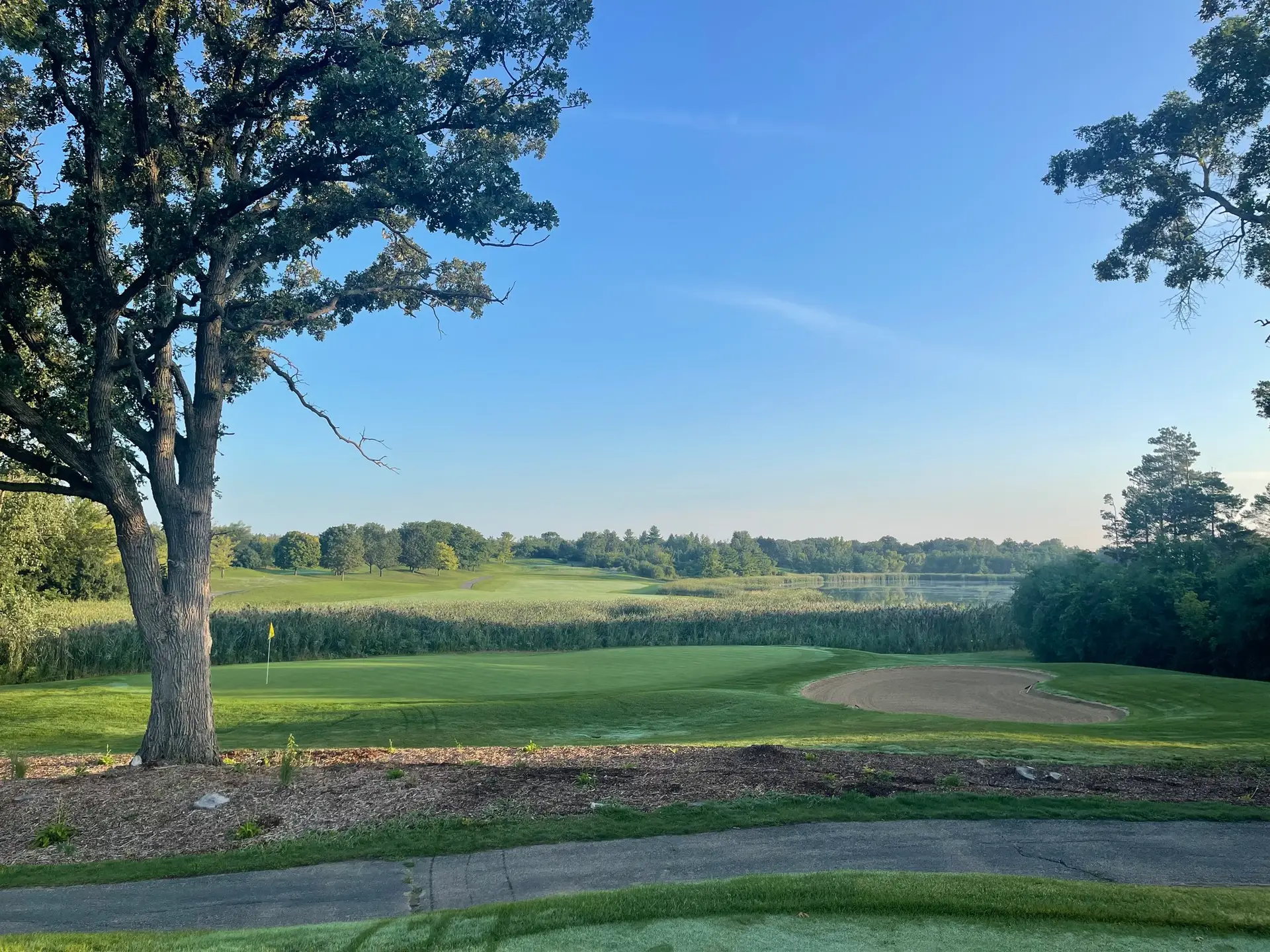
Casablanca Golf Club—Mesquite, Nev.
Each November for the past several years, Casablanca in Mesquite, Nev., hosts the state’s annual Nevada Open. Located about an hour’s drive north of Las Vegas, the course stretches slightly more than 7,000 yards and meanders through and around Mesquite Valley’s wetlands, hugging the Virgin River basin. While the 2024 Nevada Open saw low scores of 63 and 65 posted on each day of competition, this 2025 U.S. Open qualifying tournament held in early May proved that the course was set up as a tougher test. Two players fired 68s to secure their spots in the next round of qualifying, while five others battled for the final two spots.

La Purisima Golf Course—Lompoc, Calif.
If you were one of the 11 players who broke par at La Purisima in May, you had a great chance of advancing through the U.S. Open’s qualifying stages. A round of 2-under or better got you in (the medalist shot a 5-under 67), while scores of 1-under produced a six-man playoff for the two alternate spots. Although the Robert Muir Graves-designed course sits about 12 miles inland, the area is prone to gusty conditions, which often protects against low scores. On May 1st, when local qualifying took place, wind speeds never surpassed nine miles-per-hour, which means the 82 players in the field experienced the 7,105-yard course at its best. Punctuated by mature oaks and routed across 309 acres of gently rolling sand hills, La Purisima is as idyllic as any course across Southern California.

Collindale Golf Course—Fort Collins, Colo.
Stretching close to 7,200 yards, Collindale, a picturesque routing in Fort Collins, looks on paper to be a monster of a layout for a muni. But when you factor in the town’s elevation (almost one mile above sea level), you realize that the course plays about 500 yards shorter. That detail helps to explain how the low qualifier here shot an 8-under-par 63, though a round of 67 or better was still needed to make it through to the next stage. Snugly routed across 160 acres, the course is known for having some of the fastest greens in the state, which explains why it routinely serves as a local qualifying venue for the U.S. Open.

Have you played any courses that have hosted a U.S. Open qualifier? Tell us about your round in the comment section.



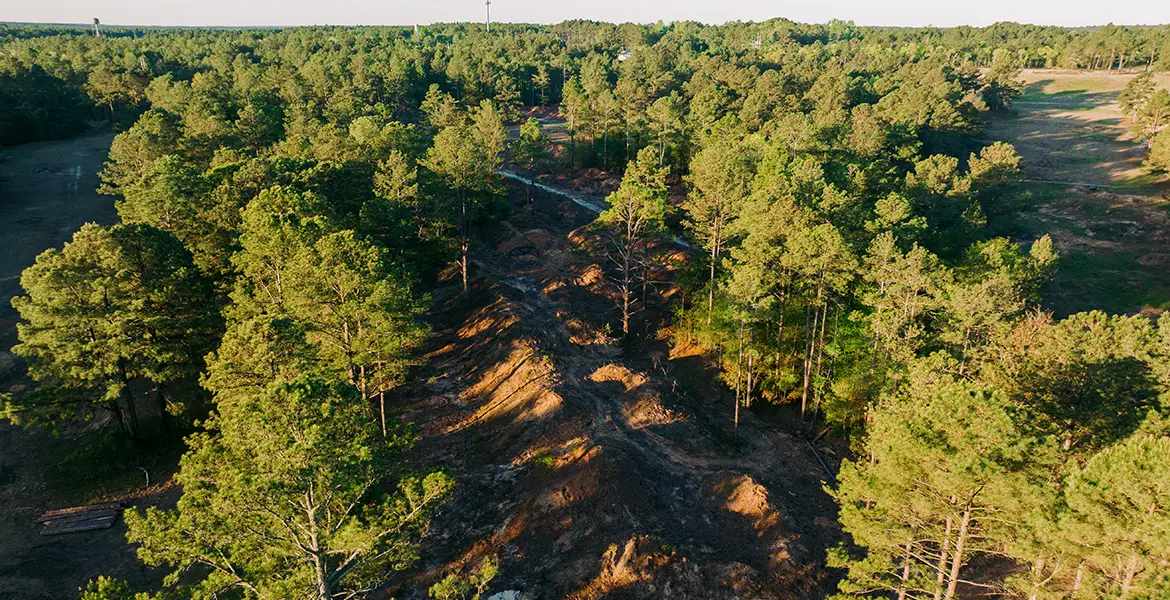
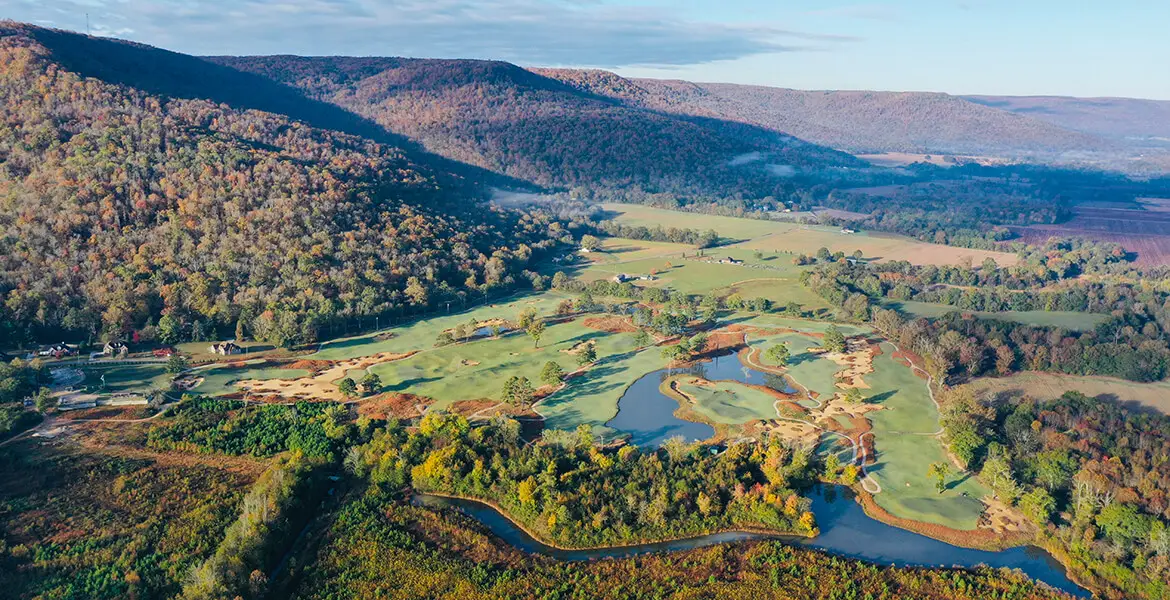

I played Stonewall Orchard several years ago and agree with the assessment here. Very challenging despite lack of brute length.